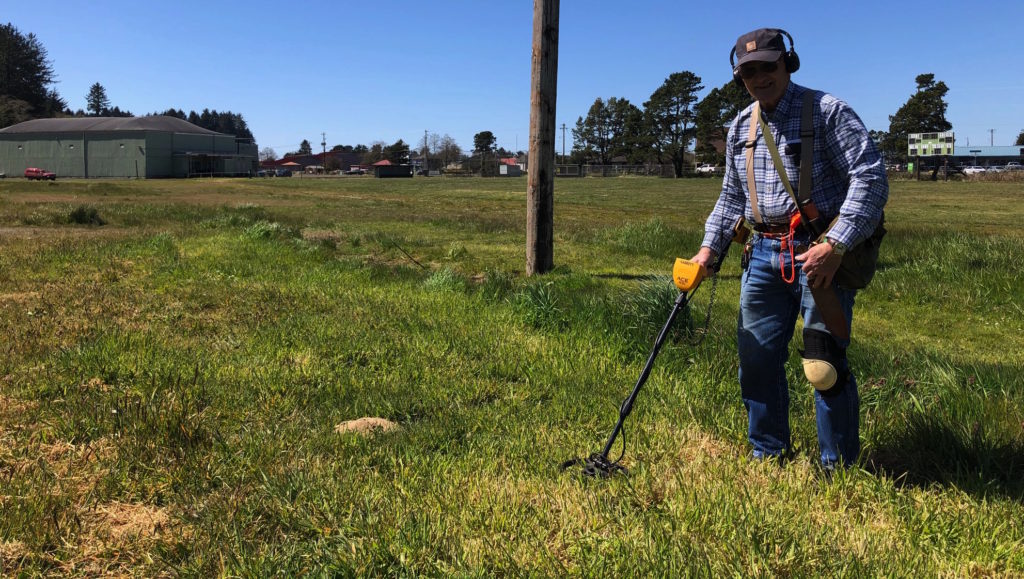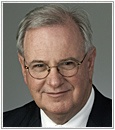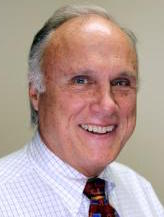
By QUINTON SMITH/YachatsNews.com
The money could mean a custodian for the city of Waldport, or the start of a 7-acre park downtown.
For Lincoln County it means balancing a budget without cutting staff or services this summer or fall.
For the Lincoln County School District, the influx of federal money means millions for everything from instruction support and training to internet improvements.
As budgets for local jurisdictions begin to wind down this fiscal year or take shape for 2021-22, a massive influx of federal coronavirus relief money is making life a bit easier for city, county and school officials wrestling with current and future spending plans.
The most recent money to city and county governments is coming from the $1.9 trillion American Rescue Plan passed by Congress in March – the same program that dropped $1,400 into many individuals’ checking accounts. The checks to local governments are just bigger.
In Oregon, the total amounts to just over $4.6 billion – the state gets $2.62 billion, counties divvying up $818 million, large cities $438 million, and smaller jurisdictions $243 million.
The 278 allocations across Oregon range from $10,000 for the city of Antelope (population 50) to nearly $218 million for the city of Portland (population 645,000).
Here are the expected relief checks locally:
- Lincoln County: $9.69 million;
- Lincoln City: $1.87 million;
- Newport: $2.21 million;
- Siletz: $270,000;
- Toledo: $740,000;
- Waldport: $450,000;
- Yachats: $160,000.
The payments are expected in two installments – the first half by this June and the second half next June.
The Lincoln County School District will also be getting money through the rescue plan, a yet-to-be-determined amount from the Oregon Department of Education and, unlike its local counterparts, not directly from the federal government.
But the district recently beefed up a variety of programs in its $74.78 million 2020-21 budget using $5.78 million from a different plan – the federal Coronavirus Response and Relief Appropriations Act – passed by Congress in December. It allocated $2.6 million for summer school instruction, transportation, comprehensive distance learning. Some $1.15 million for support services, internet broadband, custodial equipment, supplies and staff, and professional development for teachers.
The district also received a $1.1 million grant from the U.S. Department of Agriculture to continue paying for its meal programs for any child age 1-18 in Lincoln County. The district has made, served or delivered more than 1 million meals since the coronavirus pandemic started, said Kim Cusick, the district’s business director.
The district has until June 2023 to spend the federal money, so is holding back $1.9 million to put in its reserves for future budgets.
“It’s allowed us to have an adequate response to the emergency we found us in,” Cusick said.
Spending restrictions
There is less certainty on what exactly can be done with the first American Rescue Plan checks. Local governments are planning – but waiting to hear from the League of Oregon Cities or the Association of Oregon Counties on how they interpret spending guidelines coming from the U.S. Treasury Department.
But, so far the very general guidelines include:
- Responding to the COVID-19 public health emergency;
- Providing premium pay to essential workers;
- Offsetting lost revenues to provide essential government services; and
- For water, sewer and broadband infrastructure;
- The money cannot be used to reduce taxes or deposit into pension funds.

Experts: think big
Across America, cities that were cash-strapped and beleaguered only months ago now find themselves flush with money and ready to spend, the Washington Post reported recently. Researchers who study American cities told The Post that municipal leaders — once they’ve filled the gaps created by the pandemic — should think big and creatively.
The influx of money as part of the American Rescue Plan is unlike any that cities have seen in decades, with relatively few restrictions attached to its use.
“This is generationally significant,” Mark Muro, policy director at the Brookings Metropolitan Policy Program told The Post. “It’s a time to strengthen cities and seek their reinvention, where possible.”
Muro said that the impact of the coronavirus and widespread business shutdowns had varied widely from city to city, with those dependent on sales tax revenue or tourism dollars hit hardest. But even in those places that emerged relatively unscathed overall, the pandemic exposed deep disparities in access to basics such as health care, housing and transportation, all of which can potentially be combated with the federal funds.
“This convergence of crises is creating enormous opportunity for change and progress,” said Dow Constantine, the top elected official in King County, Wash., which includes Seattle. “We don’t want to miss this window.”
House members divvy up $2 million each
Rep. David Gomberg, D-Otis, has a slightly different conundrum.
The Oregon Legislature has $780 million to allocate in relief funds to various projects around the state. House Speaker Tina Kotek first asked 60 House members to ask around their districts and then suggest projects.

Gomberg did just that – and came up with 12 ideas ranging from help for Newport’s Big Creek dams to sewers for the Port of Toledo to retrofitting a failing water tank in Waldport – and a total pricetag of up to $40 million.
After hundreds of suggestions and a billion dollars later, Kotek revised her approach a little and plans to allocate $2 million to each House member so they can decide what projects they can help in their district.
Gomberg said he expects to begin announcing this week what local projects he will ask for funding from his $2 million share.
Local plans, ideas
The city of Yachats, which has substantial reserves because of reduced spending the past two years and a better-than-expected revenue stream from transient lodging taxes, has not decided yet how to use the $160,000 it expects to receive. The current budget is in strong shape, the 2021-22 budget is being developed by an interim city manager, and the city is waiting for more details on spending guidelines.

“The council has recognized the importance of water,” Mayor Leslie Vaaler said in an email to YachatsNews. “With our water master plan just about completed, water infrastructure projects might be high on our list. However … the city has not yet made plans for the anticipated funds.”
There is more certainty in Waldport.

City Manager Dann Cutter wants to hire a custodial employee to care for four closed bathrooms around town – including at the city’s yet-to-be-opened interpretive center –- and to do other cleanup chores on city facilities, to pay for an intern to help plan long-term water projects and urban growth issues, and for initial designs to carve a 7-acre public park out of the 11-acre former high school ball field at Highway 34 and Crestline Drive.
Cutter said Travel Oregon and its regional Oregon Coast Visitors Association are planning a park entrance monument to Louis Southworth, a slave who bought his freedom in 1858, later began homesteading in the Alsea River valley, and who donated land for a school.
“It’s time to build a park,” Cutter said. “It’s been a big, empty field for seven years.”
City of Newport officials are waiting for clearer word on spending restrictions, but Mayor Dean Sawyer expects that some of it will go for further study on replacing its two Big Creek dams that are in danger of failing and wiping out the city’s water system. Rep. David Gomberg, D-Otis, has also made some money for replacing the dams his priority for state infrastructure spending.
Other ideas, at the moment, Sawyer said, are fixing up some city buildings and funding services for the area’s increasing homeless issue.

The problem, Sawyer, said is that the city doesn’t want to use one-time money to hire people – the city laid off 22 employees last year to balance its budget.
“This has to go to problems that are a one-time expense,” he said. “There are an array of needs, but never enough money to do them.”
At least initially, Lincoln County is going slow on spending the largest amount of federal money coming into the area.
In putting together a 2021-22 spending plan, county managers are proposing to use $450,000 of the rescue plan money to help balance a $39 million operating budget.
Commission Chair Doug Hunt said the federal money will help the county bridge a “structural deficit” in its sources of revenues until it can work on a permanent solution.

“We were able to use the one-time funds to make up that difference,” he said. “But they are one-time funds.”
The county is waiting for more word on spending restrictions for the rest of the $9.69 million it will get this year and next.
“It’s a meaningful amount of money. We’re waiting for some clarity on how they could be spent,” Hunt said. “They lend themselves to capital projects … which generally are one-time spending items.”


